Touch-sensitive, elastic fibers offer new interface for electronics
Researchers from North Carolina State University have created elastic, touch-sensitive fibers that can interface with electronic devices.
Apr 4, 2017
0
28
Advanced Functional Materials is a bimonthly peer-reviewed scientific journal, established in February 2001, is published by Wiley-VCH. However, it has been published under other titles since 1985. Coverage of this journal encompasses all topics pertaining to materials science. Topical coverage includes photovoltaics, organic electronics, carbon materials, nanotechnology, liquid crystals, magnetic materials, surfaces and interfaces, and biomaterials. Topics in physics and chemistry. Publishing formats include original research papers, feature articles and highlights. It was established in 2001 by Peter Gregory, the Editor of Advanced Materials, when the Wiley journal Advanced Materials for Optics and Electronics was discontinued. Advanced Functional Materials is the sister journal to Advanced Materials and publishes full papers and feature articles on the development and applications of functional materials, including topics in chemistry, physics, nanotechnology, ceramics, metallurgy, and biomaterials. Frequent topics covered by the journal also include liquid crystals, semiconductors, superconductors, optics, lasers, sensors, porous materials, light-emitting materials, magnetic
Engineering

Researchers from North Carolina State University have created elastic, touch-sensitive fibers that can interface with electronic devices.
Apr 4, 2017
0
28
Robotics
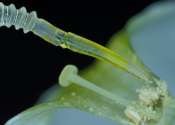
Researchers Indrek Must and Kadri-Ann Valdur of the Institute of Technology of the University of Tartu have created a robot leg modeled after the leg of a cucumber spider. The soft robot created in cooperation with the Italian ...
May 16, 2024
0
14
Engineering
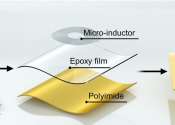
A research team has developed a mini-inductor based on amorphous alloys that can achieve both excellent flexibility and high inductance. The study is published in Advanced Functional Materials.
Apr 3, 2024
0
61
Engineering

The best-known byproduct of ultrasound—so named because its frequencies exceed the range of the human ear—is, in fact, not audio but visual: 2D imagery, often of a fetus maturing in the womb. But ultrasound has also found ...
Mar 20, 2024
0
63
Engineering
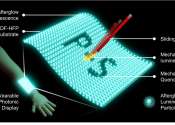
Optical properties of afterglow luminescent particles (ALPs) in mechanoluminescence (ML) and mechanical quenching (MQ) have attracted great attention for diverse technological applications. A team of researchers from Pohang ...
Mar 7, 2024
0
40
Engineering
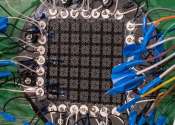
Sensors that monitor infrastructure, such as bridges or buildings, or are used in medical devices, such as prostheses for the deaf, require a constant supply of power. The energy for this usually comes from batteries, which ...
Jan 29, 2024
0
76
Electronics & Semiconductors
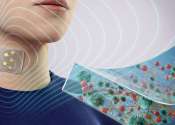
With more than 1,000 nerve endings, human skin is the brain's largest sensory connection to the outside world, providing a wealth of feedback through touch, temperature and pressure. While these complex features make skin ...
Jan 26, 2024
2
116
Hardware

With the emergence of new industries such as artificial intelligence, the Internet of Things, and machine learning, the world's leading companies are focusing on developing next-generation artificial intelligence semiconductors ...
Jan 22, 2024
0
26
Engineering
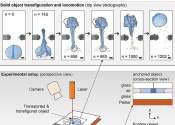
Materials and objects could take on different shapes by themselves through a method developed at KTH Royal Institute of Technology. Breakthrough tests showed how microscale melting and cooling of a wide range of materials—such ...
Jan 16, 2024
0
100
Robotics
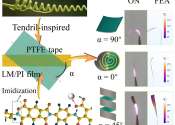
A research team led by Prof. Tian Xingyou and Prof. Zhang Xian from the Hefei Institutes of Physical Science (HFIPS) of the Chinese Academy of Science (CAS) have utilized liquid metal to construct Liquid metal/Polyimide/Polytetrafluoroethylene ...
Dec 7, 2023
0
55